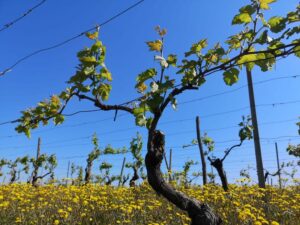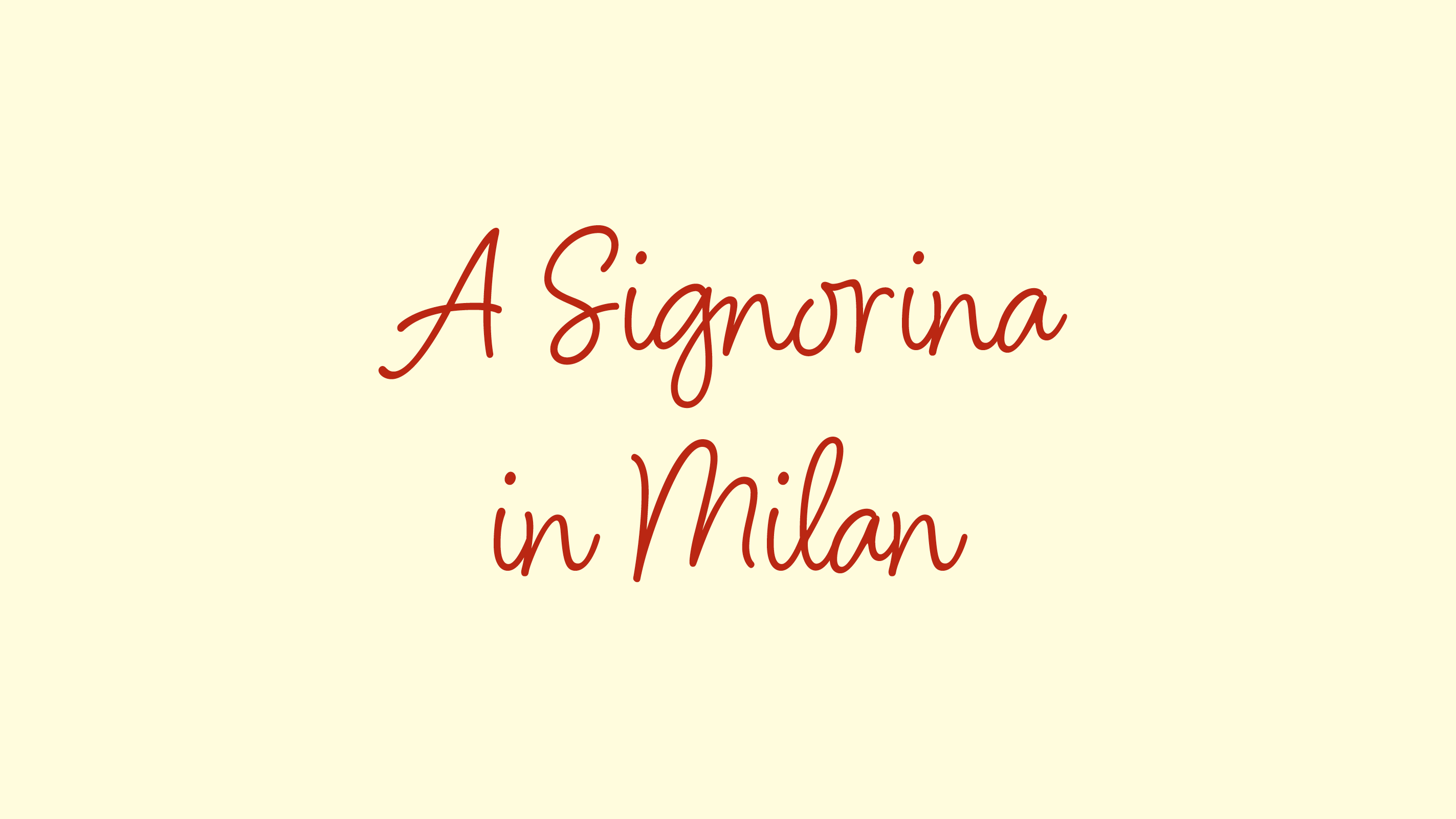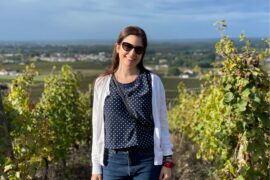In late 2021, I began noticing more and more Riesling from my dear Lombardia at restaurants and wine bars around Milan, from Oltrepò Pavese in particular. So, I did some digging and discovered the wine region south of Milan is a hotbed for Riesling – the Rhine variety–the one that comprises German Riesling. I wrote a story about it, which you can read here. My piece discusses winemakers who are producing Riesling in its pure form. Yet there’s one female winemaker, Silvia Giani of Emilia Pennac, who I also spoke to, and she’s making some delightful Riesling blends.

In 2010, Silvia Giani followed in her father’s footsteps, taking over the winery he founded in Torrazza Coste in 1973 and renaming it Emilia Pennac. She cultivates one-and-a-half hectares of Riesling that she blends with Cortese, a variety locals use mainly to clarify red grapes. “I’ve always preferred a blend because I think two or more grapes together emphasize each other,” she says. “In my case, I associate Riesling with Cortese, enhancing the fruitiness of the first and the great freshness of the second.”
Giani debuted the wines in 2019, which include Fresh Bianco, a 50/50 blend that undergoes a three-day maceration, and the CRM ancestral method, which couples 49 percent each of Cortese and Riesling Renano with two percent of Moscato “for an extra sprint.”

Skin Busters, an orange wine that’s macerated for 60 days, contains 25 percent of Riesling alongside 50 percent Cortese and 25 percent Pinot Grigio.
Riesling Italico aka Welsch Riesling had prevailed in Oltrepò for centuries, and Giani believes it’s due to how the grape produces higher yields, rendering it ideal for high production quantities. Admittedly, Renano is more challenging to grow, but she indicates that plantings have increased now that more small producers have started working with it, and she hopes to use newly planted Riesling grapes for a single-variety wine in the future.





